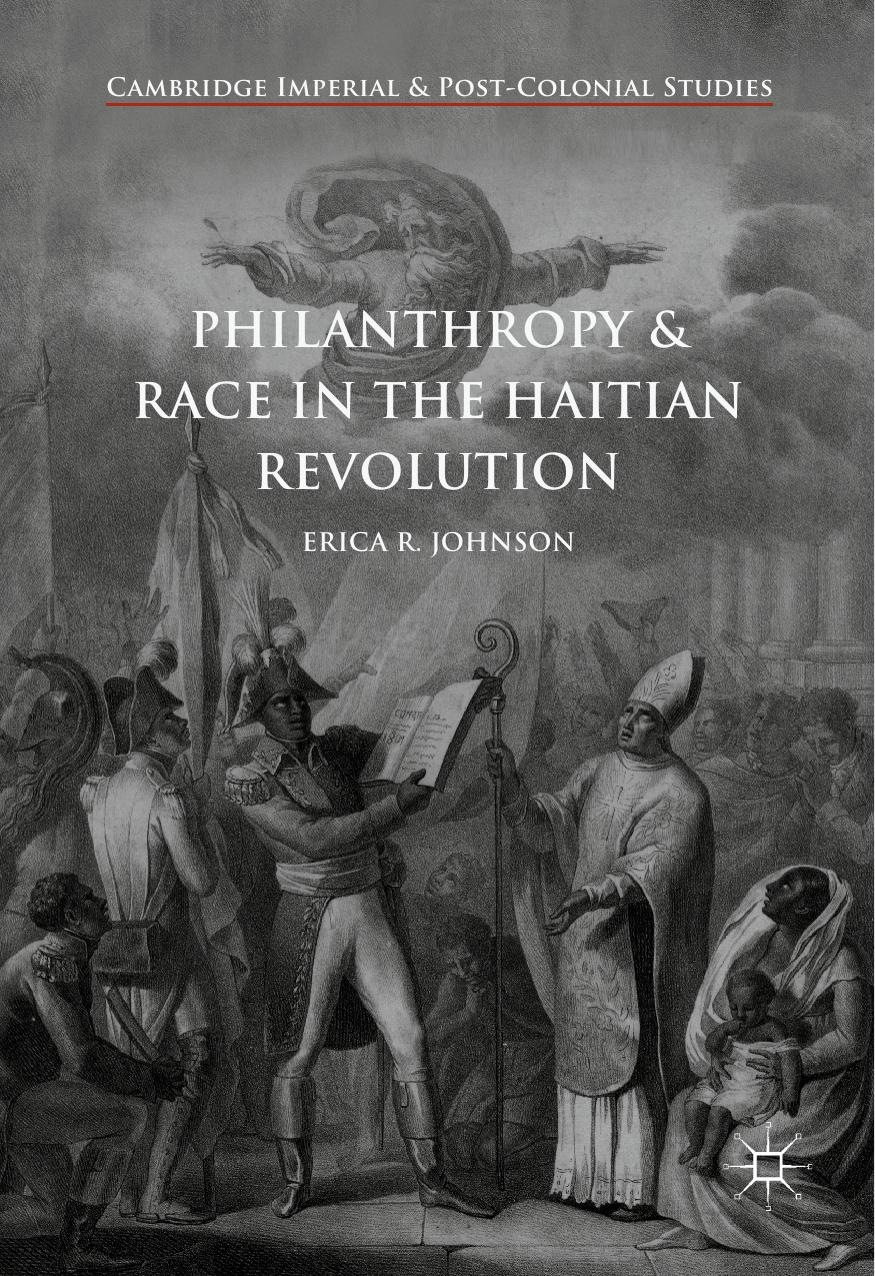Philanthropy and Race in the Haitian Revolution by Erica R. Johnson

Author:Erica R. Johnson
Language: eng
Format: epub, pdf
Publisher: Springer International Publishing, Cham
The French principles of liberty, equality, and fraternity were not compatible with Saint-Dominguan slave society. The minutes continued, referencing the March decrees directly later on the same page. The members asserted that the actions of the Constituent Assembly undermined the rights and concerns of the colonists, especially the petits blancs.42 Ironically, the 20 December 1791 issue failed to discuss what issue pushed for the need for white solidarity.
Polarization over the rights and citizenship of the free people of color encouraged whites to unify in Saint-Domingue. The petits blancs were especially threatened by the potential of the citizenship of the free colored population, and they used the Moniteur Général to confront the issue.43 On 15 May 1791, the fears of whites became a reality when the National Assembly in Paris granted rights to free people of color. After news of violence in Saint-Domingue between whites and the free coloreds and the eruption of the slave insurrection reached Paris, the Constituent Assembly revoked the rights of free people of color on 24 September 1791.44 In addition, the September decree reiterated the constitutional project of the Colonial Assembly in Saint-Domingue. Thomas Millet, secretary and vice president of the Colonial Assembly in Saint Marc, spoke out about the 24 September decree in a letter to the editors of the Moniteur Général on 26 November 1791. Millet placed the Colonial Assembly’s plan for a constitution next to the decree for reader comparison. In contrast to the decree, the constitution would give the colonial assembly power “to decide on its interior and domestic laws, all that concerns the state of the people will be decided deliberately and definitively by the assembly of representatives of Saint-Domingue, and sanctioned by the king.” In other words, the National Assembly could not determine the status of people of color in Saint-Domingue; only the colonial assembly could make decisions regarding the colony’s population, especially the rights of free people of color. The editors of the Moniteur Général obviously supported Millet, because they devoted an entire page of the publication to his cause, including a flattering preface to Millet’s words. Batilliot and company claimed that they were “impressed to put it under the eyes of the public,” describing Millet as a “generous and respectable citizen, part of the compatriots,” and believing that he wrote his letter out of “his love of the glory and the prosperity of the French part of Saint-Domingue.”45 The whites used the Moniteur Général to voice the need for whites to unify in opposing rights for free people of color.
In contrast, the printer and editor of l’Ami de l’Egalité had similar backgrounds, strong ties with the civil commissioners, and both supported rights for free people of color. Catineau came from a family of French printers from Saint-Brieuc in Brittany, who relocated to Poitiers, where he was educated. When he was only nineteen years old, he fled from the French Revolution. In 1791, Catineau moved to Saint-Domingue, married a woman of color, and decided to publish a newspaper. He
Download
Philanthropy and Race in the Haitian Revolution by Erica R. Johnson.pdf
This site does not store any files on its server. We only index and link to content provided by other sites. Please contact the content providers to delete copyright contents if any and email us, we'll remove relevant links or contents immediately.
| Africa | Americas |
| Arctic & Antarctica | Asia |
| Australia & Oceania | Europe |
| Middle East | Russia |
| United States | World |
| Ancient Civilizations | Military |
| Historical Study & Educational Resources |
Goodbye Paradise(3460)
Men at Arms by Terry Pratchett(2686)
Tobruk by Peter Fitzsimons(2380)
Arabs by Eugene Rogan(2198)
Pirate Alley by Terry McKnight(2132)
Borders by unknow(2122)
Belonging by Unknown(1736)
It's Our Turn to Eat by Michela Wrong(1595)
The Biafra Story by Frederick Forsyth(1564)
Botswana--Culture Smart! by Michael Main(1487)
The Source by James A. Michener(1460)
A Winter in Arabia by Freya Stark(1449)
Gandhi by Ramachandra Guha(1437)
Coffee: From Bean to Barista by Robert W. Thurston(1422)
Livingstone by Tim Jeal(1396)
The Falls by Unknown(1374)
The Shield and The Sword by Ernle Bradford(1316)
Africa: Altered States, Ordinary Miracles by Richard Dowden(1296)
Egyptian Mythology A Fascinating Guide to Understanding the Gods, Goddesses, Monsters, and Mortals (Greek Mythology - Norse Mythology - Egyptian Mythology) by Matt Clayton(1279)
